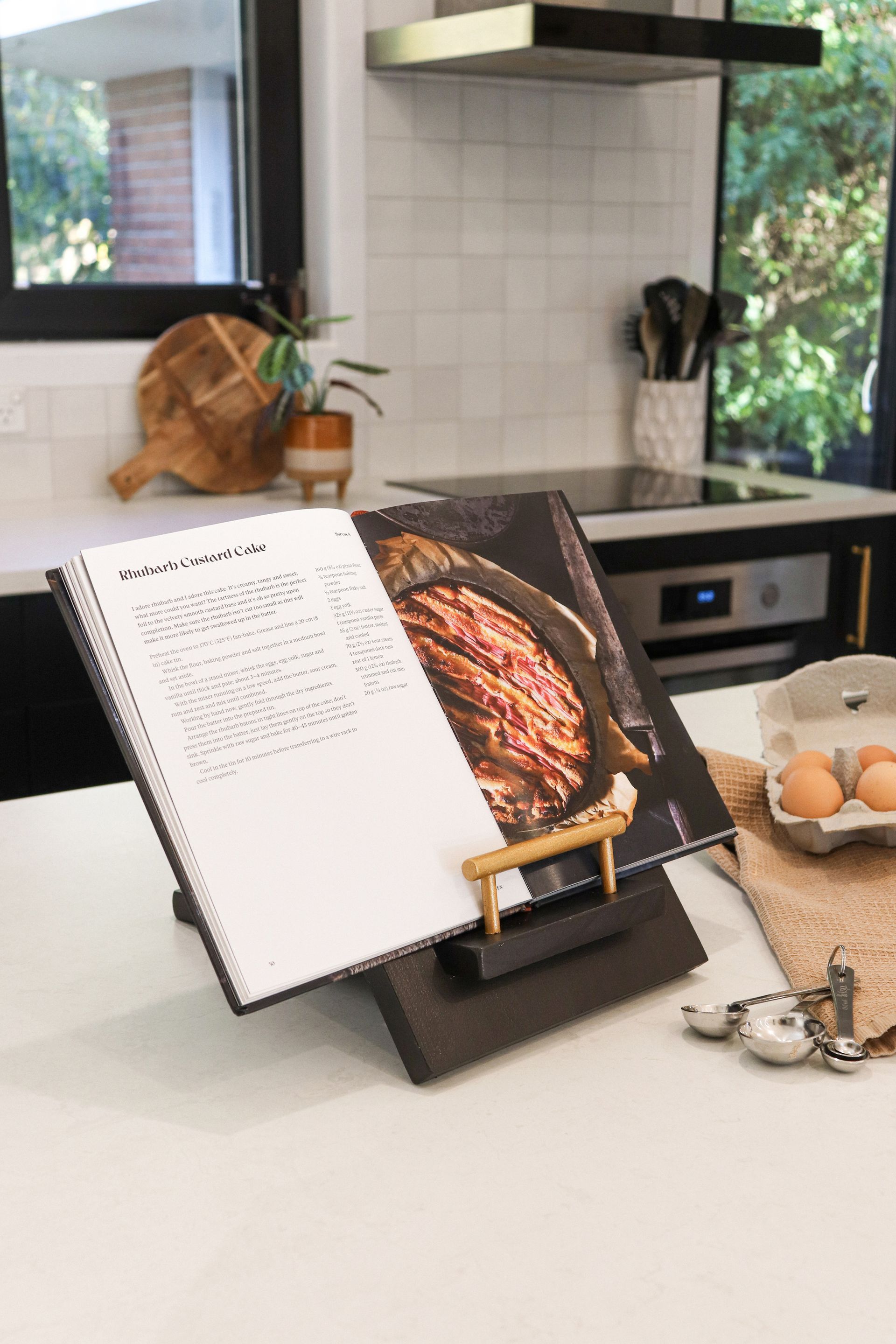The thought of your loved one lying in the ditch in the dark, pinned down under a quad bike, drifting in and out of consciousness waiting for help is a common fear of many with family, friends and colleagues working on-farm in New Zealand. A recent campaign to curb the ‘she’ll be right attitude’ has emerged at a crucial time for farmers under pressure.
At the age of 19, driving a poorly equipped quad bike in darkness on a farm, Jenna Smith suffered an accident that resulted in life-changing injuries. ‘I broke my hip and femur and had associated internal bleeding.
Because of my age, surgeons tried a lot of things before it finally became clear a hip replacement was the only answer. I had seven hip surgeries in almost eight years.’ Jenna is now CEO of Pouarua Farms, overseeing eight dairy farms, a dairy/beef farm, arable farm and a blueberry orchard across Southland and Canterbury.
At the time of the accident Jenna had been working at the farm for almost two months and was getting the cows in for milking at around 4 am. It was dark and the quad bike wasn’t in great condition: failing front lights and back brakes only.
‘I got to the cow shed and someone had parked the tractor in the race and I didn’t know there was a big ditch to one side, so as I tried to go round the outside of the tractor, with my poor lights and lack of front brakes, I went into the ditch and the bike rolled on
top of me.’ It would be a year before she was able to return to light work duties, this time on a Landcorp (now P?mu) farm where she found a very different approach, but it was still difficult.
‘I did it for a season but hours of standing on hard concrete for milking was just too hard. P?mu was very good and looked for a different role for me so I could stay in agriculture. I moved to a farm tech role and that presented me with a different career path and led me to where I am today.’
Jenna went on to move to investment farming management, eventually becoming a self-employed agribusiness manager, while also, alongside husband Brian, share-milking multi-farm contracts, up to 3,000 cows for some years.
It was also the start of a passion for strong and effective health and safety processes that Jenna has carried with her through progressing into senior management. Growing up on an Otago farm, Jenna says the prevailing attitude was ‘she’ll be right’ and so it was no surprise that when she left school to work on a dairy farm in 2003, she found the approach to safety was also ‘pretty non-existent – it was very lax’.
Jenna warmly welcomes the recent hard-hitting ‘Half-Arsed Stops Here’ campaign that launched the industry- wide ‘Farm Without Harm’ strategy, spearheaded by Safer Farms. On 29 June of this year (2023), an industry pledge signing event was held at a Dairy Holdings’ Dunsandel property and on a sheep farm in the Wairarapa on 30 June.
It was the first time the whole of the agricultural sector came together to pledge to reduce the human toll in producing food, with a strong and committed focus on helping to prevent injuries and fatalities resulting from accidents on New Zealand farms.
More people die in accidents on farms than any other New Zealand industry. During 2022 there were 14 farming workplace fatalities and ACC received over 18,000 new claims for farming-related injuries. A further five died as a result of farm work accidents during the first three months of 2023. This year already almost 1,300 children and teenagers have suffered injuries on farms, severe enough to warrant treatment requiring ACC claims.
‘I think [the campaign is] great,’ Jenna says. ‘It’s edgy enough to catch people’s attention. There is a lot going on in the agricultural space and a lot of change, but without the people [being] part of it, none of it matters. We need to take a stand [in this] sector to make sure we are sending our people home safe and well every day.’
Heavy machinery, working with large animals, farm vehicles, chemicals – all are risks that must be managed effectively on farms, but one of the biggest dangers of all is complacency, says industry leader and Wairarapa farmer Lindy Nelson. As Chair of Safer Farms, she is clear that as a community, the sector is focused on drawing a line, setting new standards, taking safety seriously and understanding its risks.
‘It’s about farmers talking with and asking questions of farmers, to find and share the solutions that are working best for us rather than a top-down approach. It’s time we reject behaviours and attitudes that put ourselves, or those around us, at risk. Because
that is what professionals and caring communities do. A safer farming future starts with all of us.’
Recent stories







